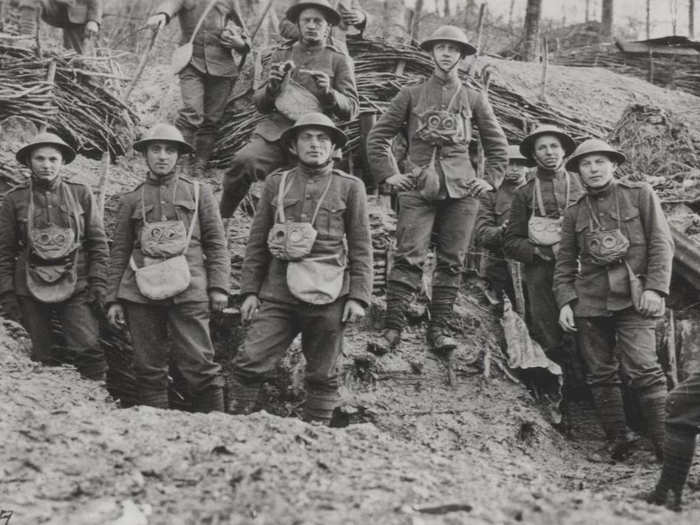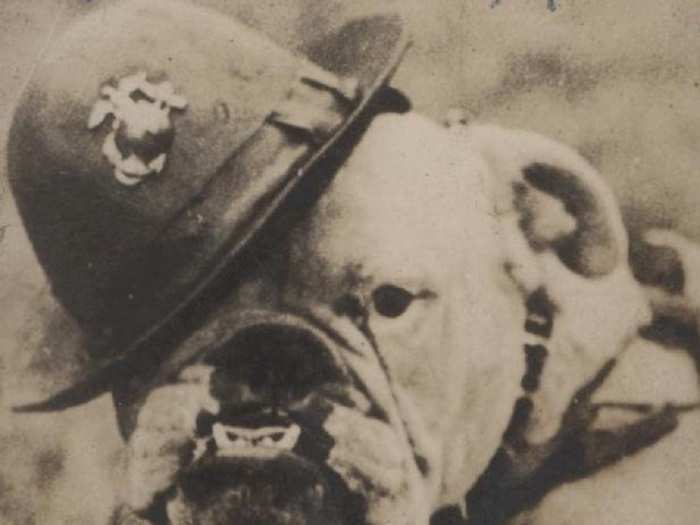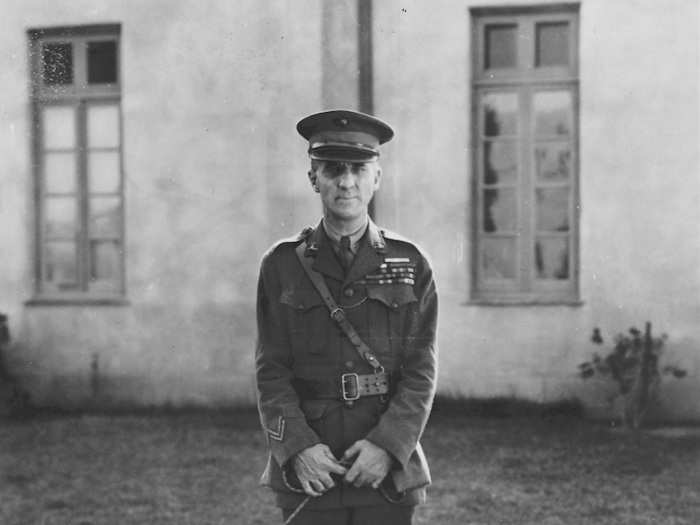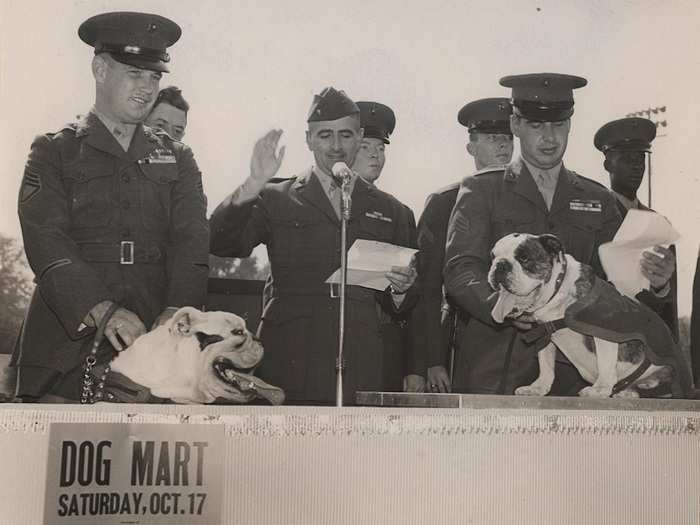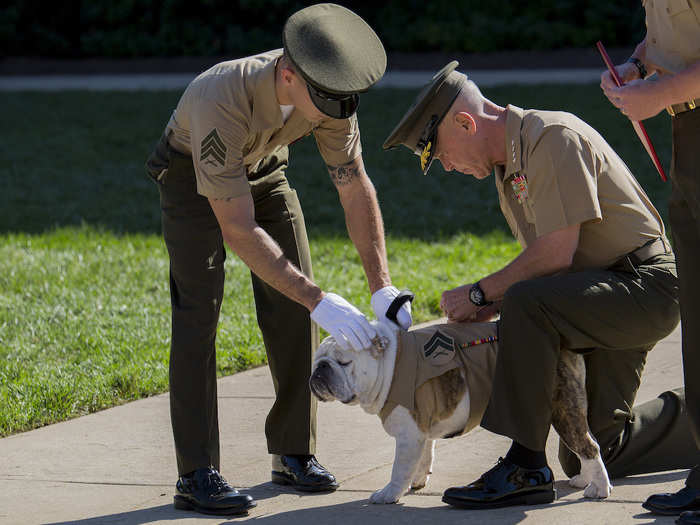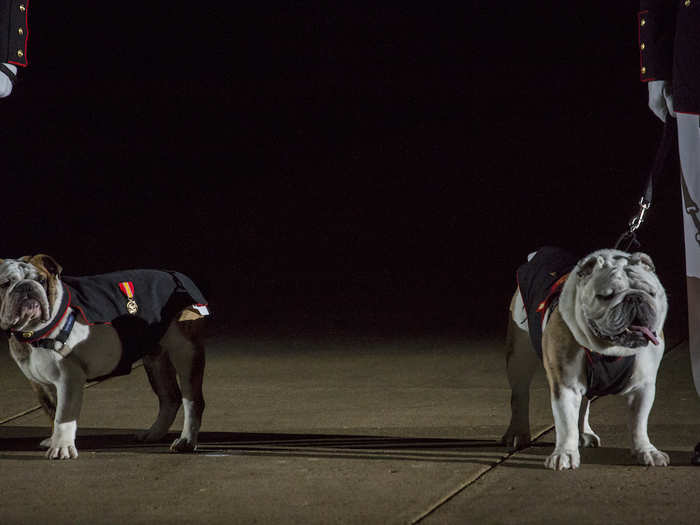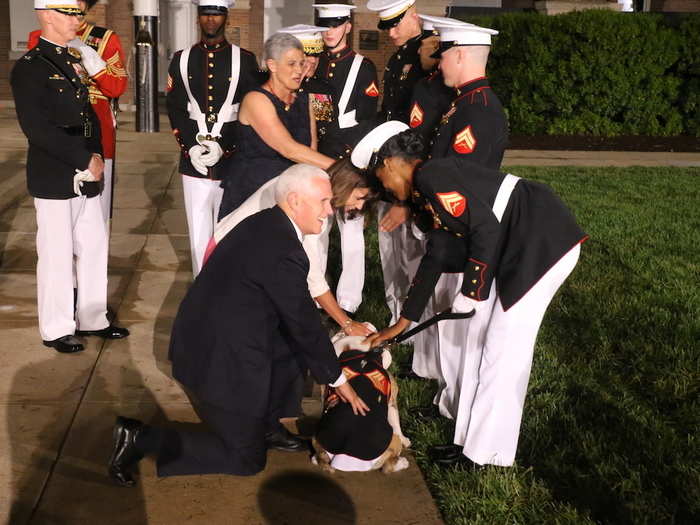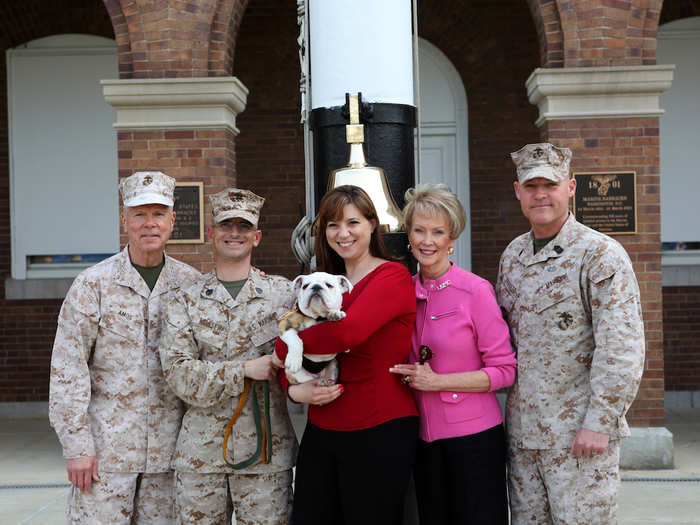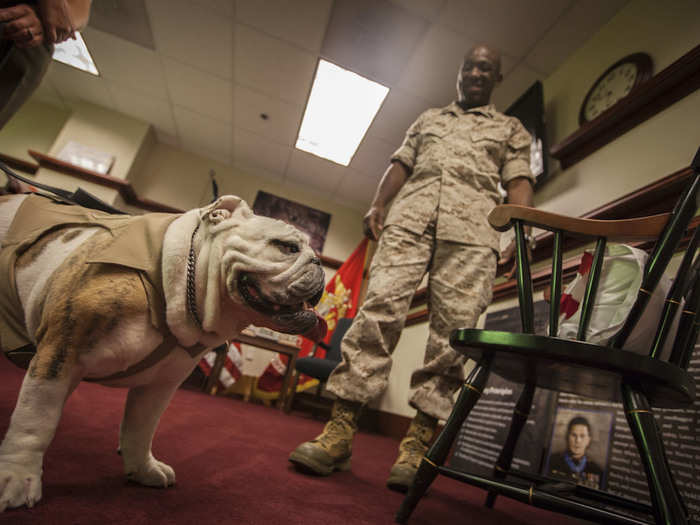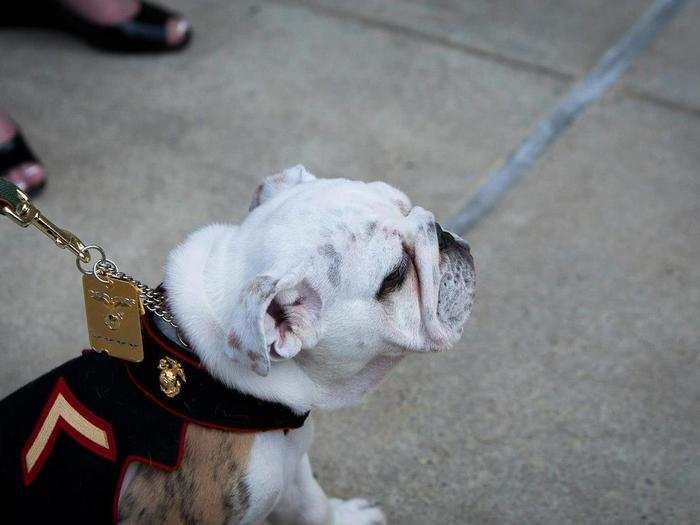Because of the Marines' fierce fighting, the Germans were said to have dubbed them, "devil dogs.” But this was later debunked by Marine Corps historian Bob Aquilana.
“The term very likely was first used by Marines themselves and appeared in print before the Battle for Belleau Wood,” Aquilina told Stars and Stripes in 2011. “It gained notoriety in the decades following World War I and has since become a part of Marine Corps tradition.”
In 1921, Marine Maj. Gen. Smedley D. Butler adopted Jiggs, who later became the Corps' official mascot in October 1922.
Butler himself, a two-time Medal of Honor recipient and author of "War is a Racket," is still well-regarded among Marines to this day.
Source: Task & Purpose
Over the next three decades, the Corps' mascot would be named Smedley, after the famed Marine general. But in the late 1950s, the mascot was renamed Chesty after the legendary Marine, Lt. Gen. Lewis “Chesty” Puller.


